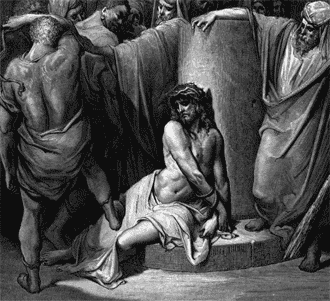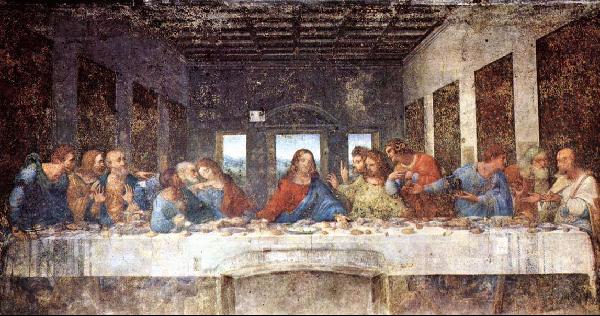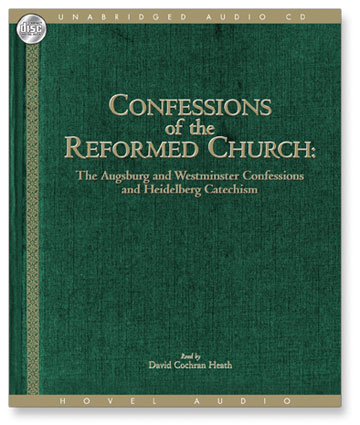Here is today’s Good Friday prayer and meditation from Touchstone Magazine.
========================
Prayer
Almighty and Everlasting God, who willed that our Savior should take upon Him our flesh and should suffer death upon the cross, so that all mankind should follow the example of His great humility, mercifully grant that we may both imitate the model of His patience and become partakers of His Resurrection; through the same Jesus Christ our Lord. Amen. (from Saint Andrew’s Missal)
This is the day commemorating annually the unique sacrifice of Jesus Christ, the true Pascal Lamb of our salvation, by whose blood we have been purchased unto God as His own consecrated people, a holy nation, a royal priesthood. Christians today gather at the foot of the cross with Mary the Lord’s Mother, the beloved disciple John, the repentant Mary Magdalene and her several companions, the confessing Centurion and all others who have, down through the ages, foresworn all righteousness of their own in order to be justified and made holy by the redeeming act of the God who so loved the world that He gave His only begotten Son.
March 21
The Suffering Servant: When did the early Christians go to the Old Testament, and specifically, to the Book of Isaiah, to interpret and understand the significance of Jesus’ sufferings and death?
Although St. Peter’s sermon on the first Pentecost affirmed that Jesus had been delivered to His enemies “by the determined purpose and foreknowledge of God” (Acts 2:23), he did not cite any specific Scriptures to demonstrate this purpose and foreknowledge. This fact seems particularly worthy of note, because Peter did on that occasion cite biblical prophecy with respect to our Lord’s resurrection (2:25-36).
Not until Philip do we find our earliest recorded example of recourse to the Old Testament to interpret the theology of Jesus’ sufferings and death (8:28-35). Surely this was not Philip’s own idea.
Jesus Himself had dropped more than one hint on the subject. He avowed, for example, that He suffered in fulfillment of Holy Scripture (Matthew 26:54), a declaration later prompting His disciples to search the Old Testament under that perspective.
Moreover, Jesus also spoke of the soteriological significance of His death by declaring that His blood was “shed for many for the remission of sins”(Matthew 26:28), thus introducing the Old Testament liturgical category of the “sin offering” to interpret what He accomplished on the cross.
Finally, Jesus described Himself as a servant, who came to give His “life as a ransom for many” (20:28). The Old Testament source for this assertion left no room for doubt. Jesus was clearly identifying Himself as the Servant of the Lord portrayed in the Book of Isaiah, that Servant who “poured out His soul unto death,” who “bore the sin of many,/ and made intercession for the transgressors.” In the suffering Jesus believers would recognize the One who “was led as a lamb to the slaughter,” who was “wounded for our transgressions, . . . bruised for our iniquities,” who “has borne our griefs/ and carried our sorrows.”

Continue reading Good Friday: The Good Shepherd Is Slain-The Bridegroom Is Taken Away



